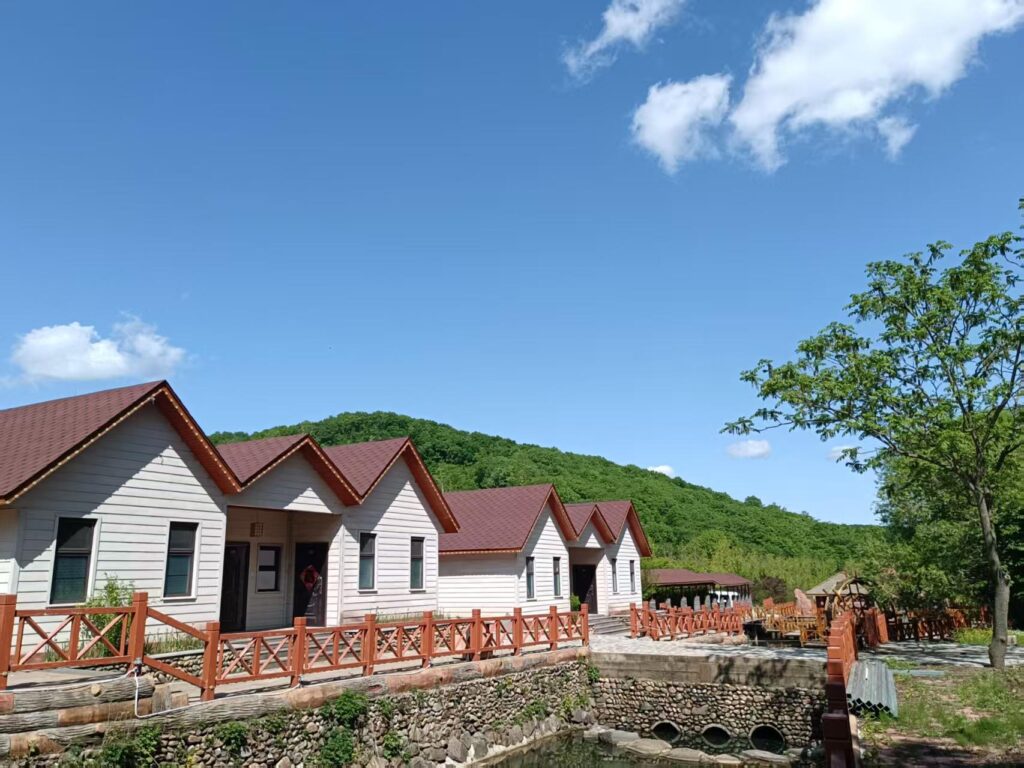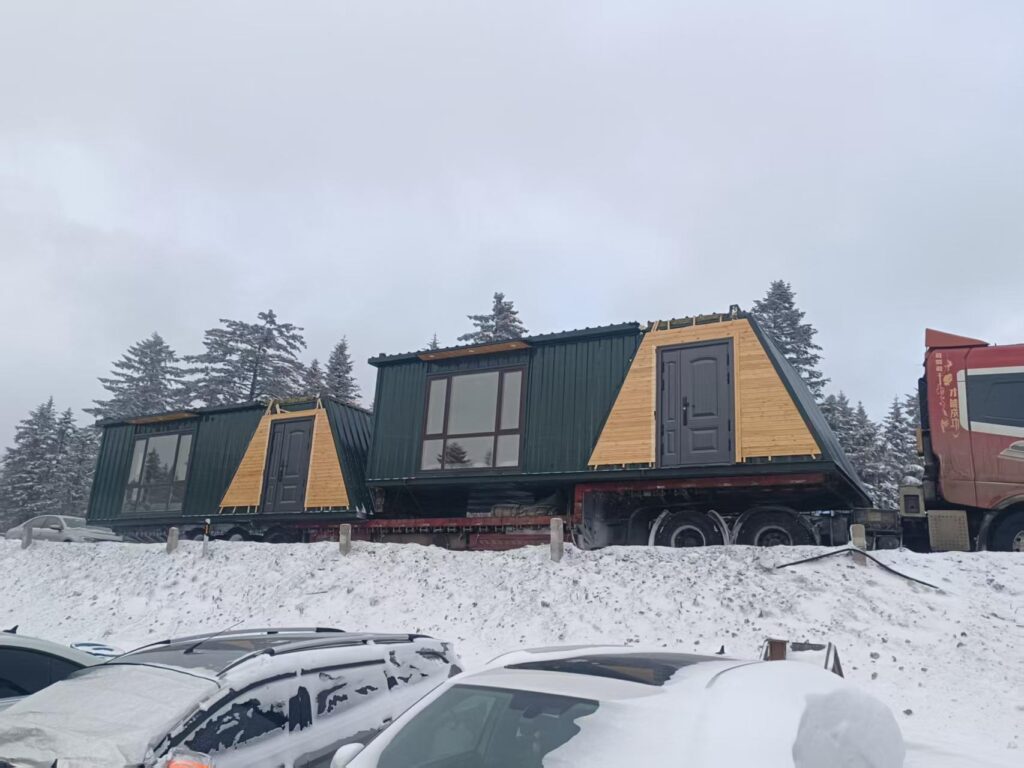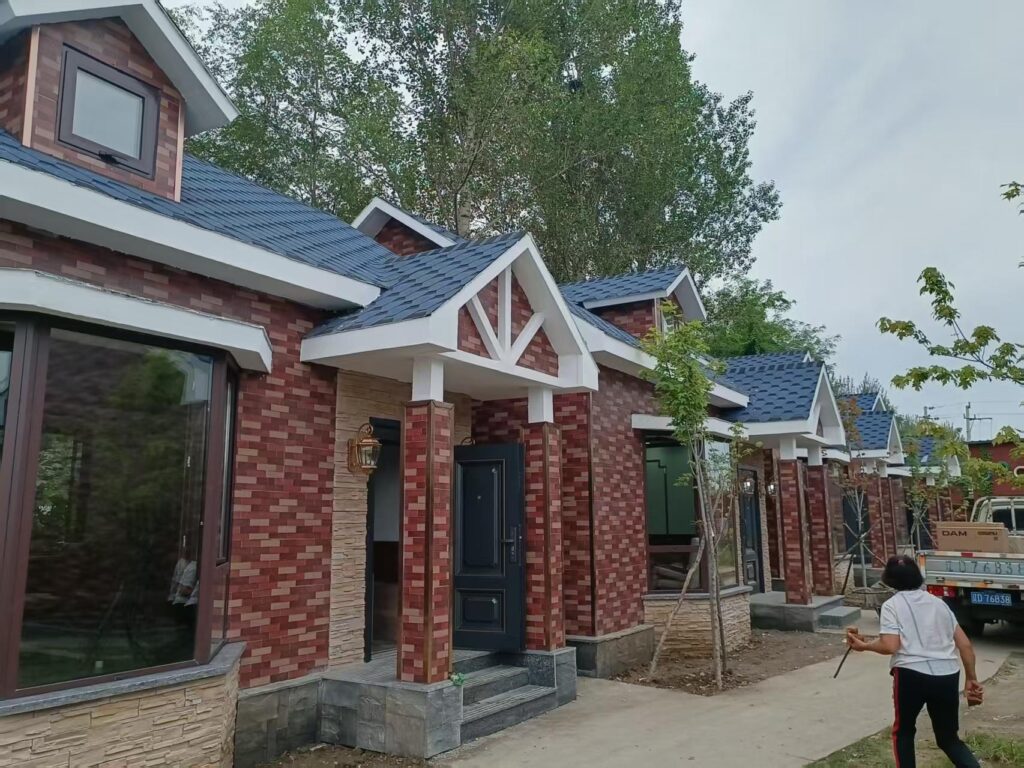///
Advantages and Disadvantages of Prefabricated Buildings
After a period of development, prefabricated building technology and equipment have become mature. Traditional buildings are constructed directly on-site, while prefabricated buildings have components manufactured in factories and then transported to the site for assembly. Currently, prefabricated buildings are very popular in Japan, Europe, and the United States. In China, prefabricated buildings are still in the early stages. According to the Ministry of Housing and Urban-Rural Development, by 2025, the proportion of new buildings that are prefabricated in China will exceed 50%.

Advantages and Disadvantages of Prefabricated Buildings


Advantages of Prefabricated Buildings
1. Good quality: Prefabricated building components can be mass-produced with standardization, unaffected by weather or other uncertain factors, making the quality more reliable.
2. Energy saving and environmentally friendly: Reduces material waste during construction and significantly decreases construction waste generation.
3. Labor saving: Prefabricated components are processed in factories, reducing labor demand and lowering the labor intensity of construction workers.
4. Shortened construction period: After prefabricated components are processed, they are directly transported to the construction site for assembly, reducing supply and demand conflicts and greatly speeding up construction progress.
Disadvantages of Prefabricated Buildings
1. Increased cost: Compared with ordinary buildings, the construction cost of prefabricated buildings is relatively higher. Traditional building construction costs are much cheaper compared to prefabricated building construction because components are directly transported from the factory to the site.
2. Size limitations: Due to inconsistent component sizes, production equipment is easily restricted, making it difficult to produce larger components.
3. Limited application fields: Prefabricated buildings have not yet been widely adopted in China, and they have certain height limitations.
4. Increased transportation costs: If the factory is far from the construction site, transportation costs will increase accordingly.
5. Poorer seismic resistance: Due to weaker integrity and stiffness, prefabricated buildings have poorer seismic impact resistance.
Liaoning Rundong New Material Technology Co., Ltd.
Leave a Reply